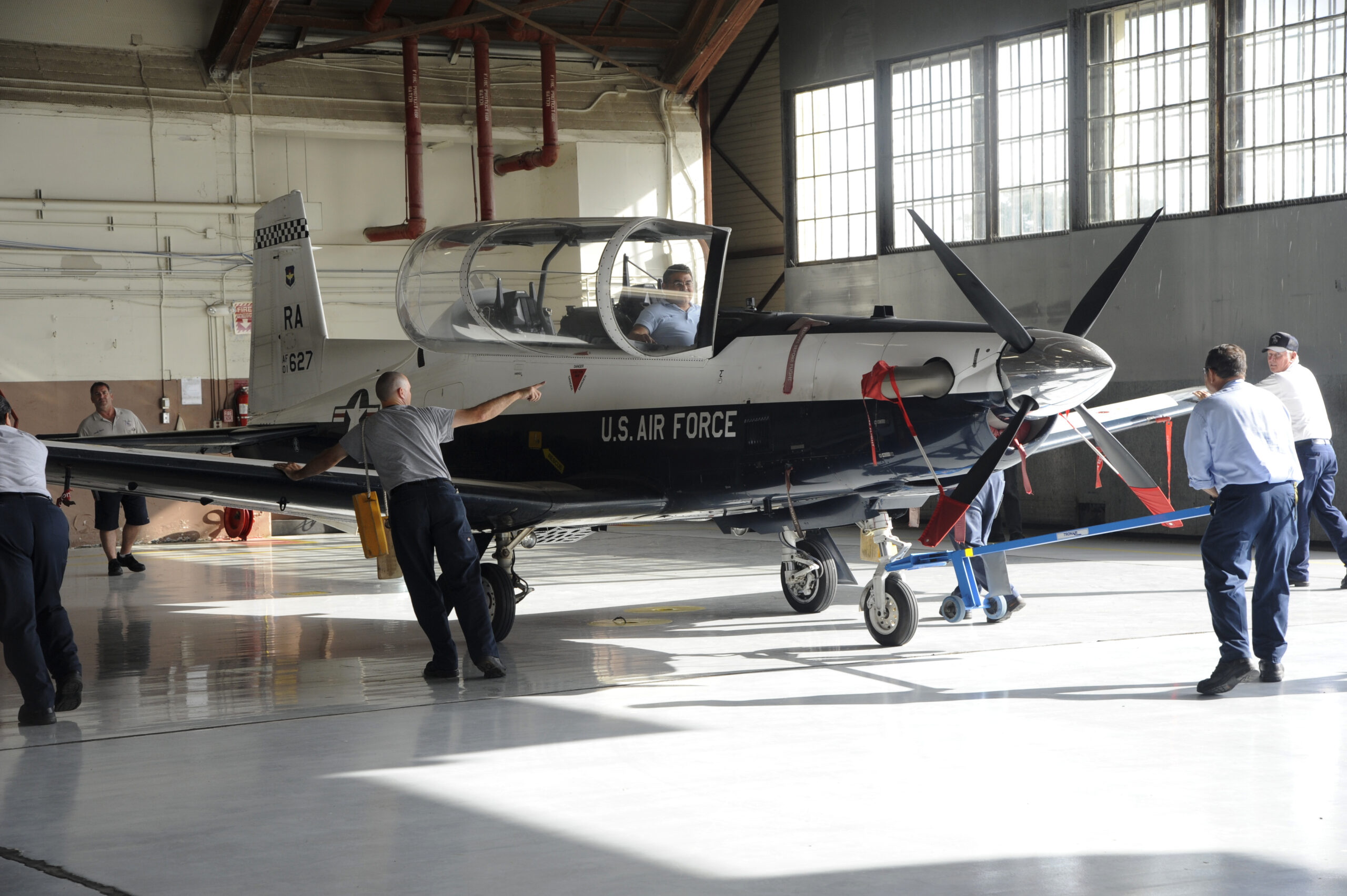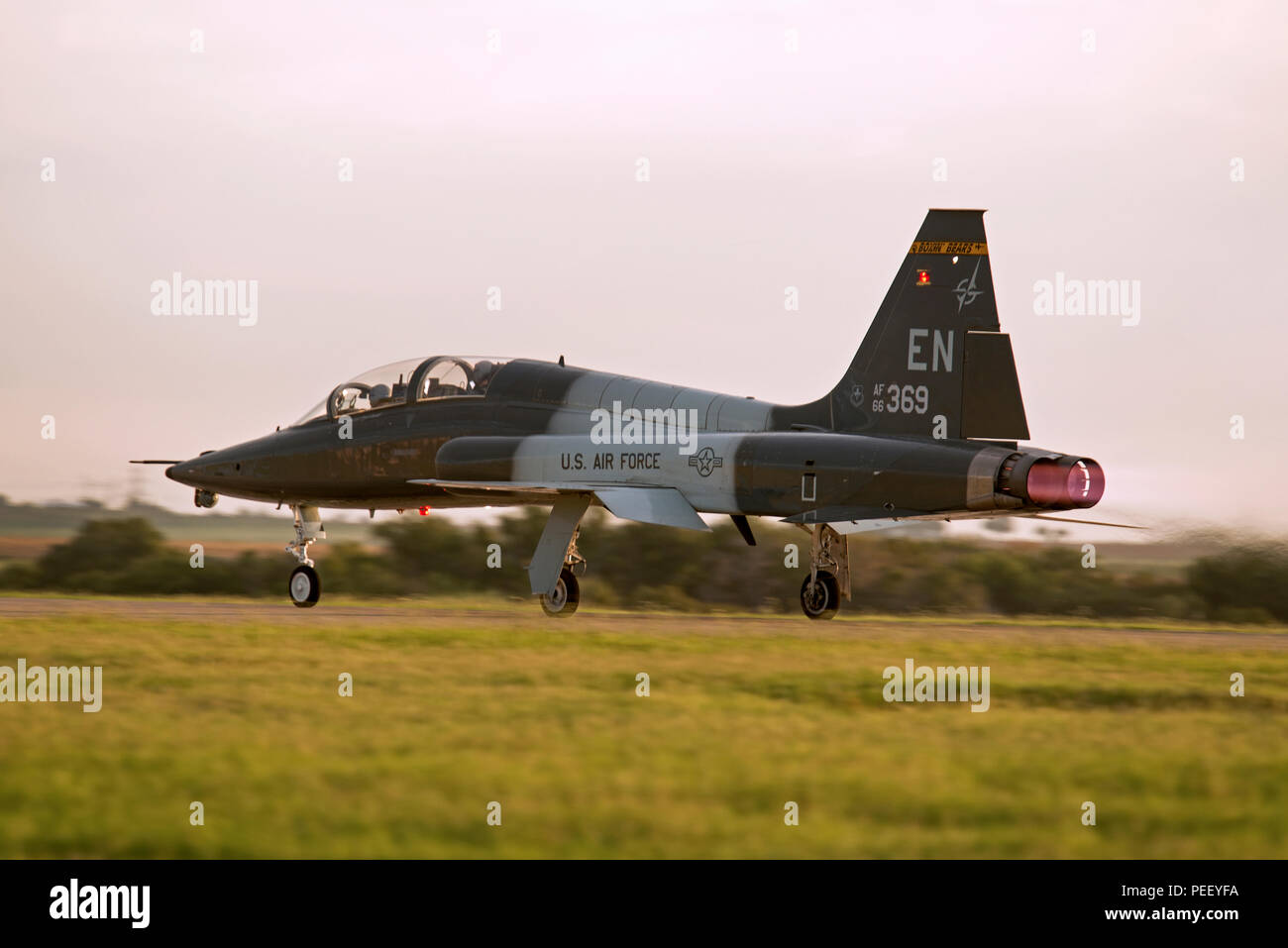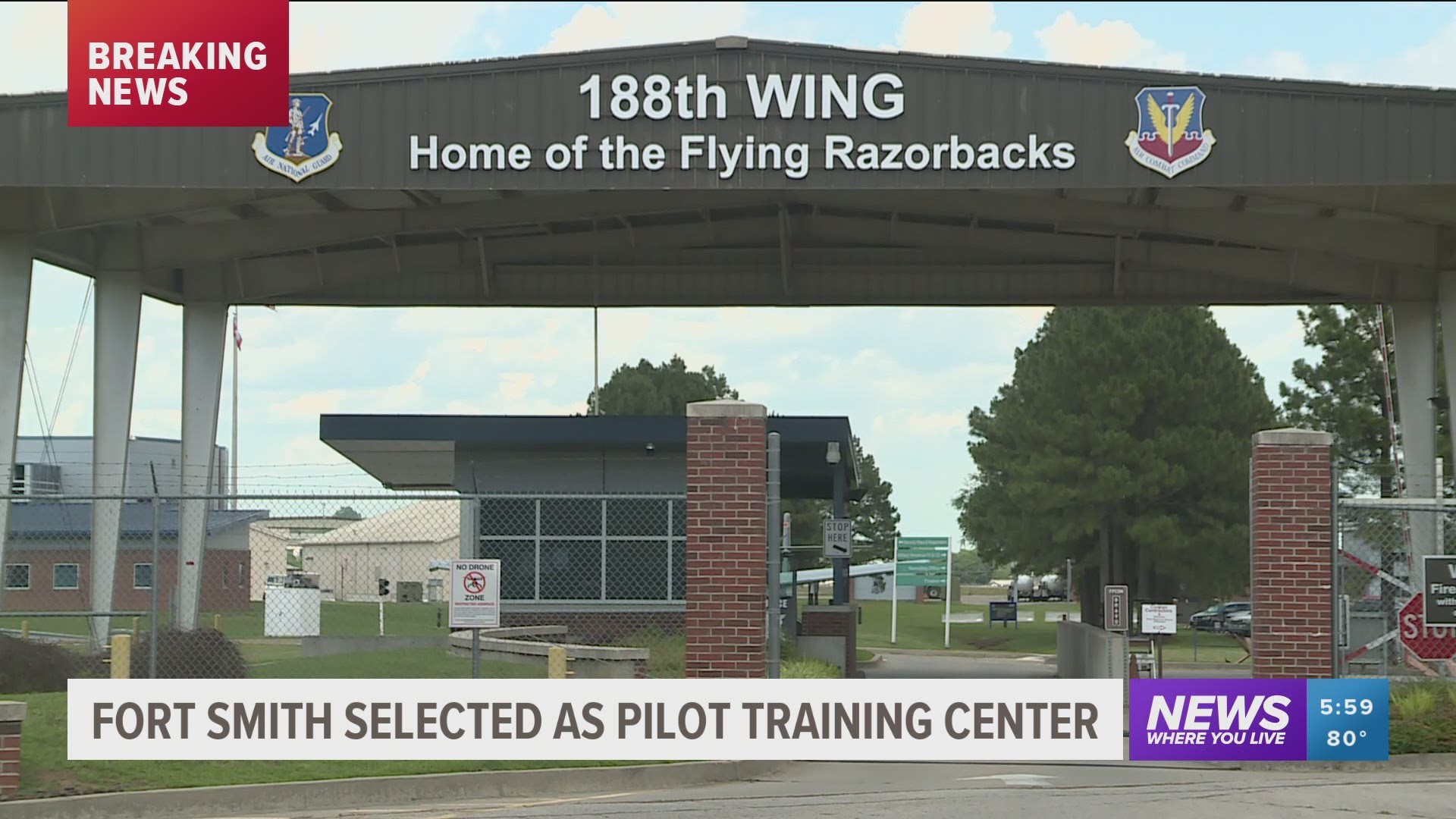Air Force Upt Bases - You will train with Officer, Academy, ROTC, OTS and AMS graduates from across the country. UPT TNI AU trains all Active Duty pilots as well as Air National Guard and Air Force Reserve. Plus, student pilots from dozens of allied countries around the world participate in UPT, and you can expect foreign officers in your class. Several UPT bases offer the JSUPT experience, Joint Specialized Undergraduate Student Pilot Training—meaning US Air Force and US Navy students and instructors. Joint training is becoming more common in today's military. In addition to your military flight training, you will learn a lot about brother's service and military traditions.
As a class, you will know from the start that you need to work together to pass. Your class will begin to design and create their own class badge, which you will wear proudly on your flight suit during pilot training. Friendship starts here. You will become close friends with fellow pilots in training, and you will fly with many of them for most of your Air Force career. Pilot training is steeped in tradition. One of the traditions is the Solo Dunk – this water-filled dunk is decorated by your class to give your classmates something to drink right after their first solo flight.
Air Force Upt Bases

There will be many opportunities to stay on base during pilot training. As a married student, you can live in family housing on base (where space is limited) or off base. As a single student, there will be space for you to live in the Elementary Student Dormitory. Certain pilot training bases have regulations requiring a single trainee to live on the base. Family homes are usually duplexes with yards and parking lots. Student residences are furnished and include private bathrooms and kitchens. If you're new to military base life, let me give you a quick introduction.
Accelerated Path To Wings' Pilot Training Makes History
Although the UPT base is smaller than the regular operating base, you'll find everything you need, including: a commissioner for all your groceries; Base Exchange (BX) for clothing, furniture and electronics; complete gym and fitness center equipment; gas stations and convenience stores; Golf course; and often other recreational opportunities. Most of your time is spent flying, learning and preparing for your flight. However, you will have time to use the base's facilities and enjoy your holiday locally. Weekends and federal holidays are usually holidays - however, sometimes flights are delayed and students fly on weekends. Weekend evenings at home are usually spent learning to fly or simulator the next day, memorizing rules and publications, preparing flight plans and other mission plans, and leading flight operations and profiles.
Generally, students are not allowed time off during pilot training, so don't plan any vacations, vacations, or additional activities during pilot training. You have to be dedicated and committed to the program. This can be a tough year for students with families, and while they will accompany you to UPT, your time will be filled with flying and preparing for your flights. In the end, it will all be worth it when your friends and family witness your graduation when you get Air Force pilot wings.
Right before your UPT course graduation is a festive homework night (also known as "Drop Night"). These are formal, often raucous events, held in your basic auditorium with lots of friends and family in attendance. Tonight, UPT students will receive assignments - their future planes and locations. Awards were given, UPT course videos played, and students celebrated with a big party afterward. Air Training Command (ATC) is the former United States Air Force (USAF) major command. Headquartered at Randolph Air Force Base, Texas, but originally established at Barksdale Air Force Base, Louisiana. Following its merger with the Air University (AU) on 1 July 1993, the name was changed to the Air Education and Training Command (AETC).
ATC was established on July 1, 1946, as a renaming of the Army Air Forces Training Command (AAFTC), as part of the post-World War II reorganization of the United States Army Air Forces (USAAF).
Vance Afb Graduates First Pilots From Upt 2.5
For nearly 50 years, ATC has been the primary training organization for the United States Air Force since its inception as an independent service in September 1947. It provides pilot and flight crew training; technical training, and basic training for registers and officers.
At the end of the Cold War, he joined Air University (AU) in July 1993 as part of a major top-down reorganization of the US Air Force. The personnel, equipment, and resources of both organizations were redesigned as the Air Force Education and Training Command (AETC), carrying out the missions of both organizations, but retaining the AU as a sub-agency of the AETC.
The AAF Training Command had dwindled rapidly since the outbreak of World War II in September 1945, and had actually begun to dwindle since 1945 when planners learned of the changing forces of the war against Nazi Germany in May 1945. Too many training bases across the United States In season In the summer of 1945, states began closing and consolidating units as USAF training requirements adapted to support the needs of these USAF combat units in the war against the Empire of Japan. The atomic bombings of Hiroshima and Nagasaki in August 1945 and the outbreak of the Pacific War in September 1945 initiated the rapid demobilization of the United States Armed Forces. In late 1945 and early 1946, as the US military transitioned from a state of war to a state of peace, a large number of training bases were temporarily closed and troops decommissioned.

For this reason, ATC was founded in the summer of 1946 and became the USAF's primary postwar training institution. One of the major organizational changes in the USAF after the war was the elimination of the "command" organizational echelons. While most of the wartime commands became "Air Divisions" in the postwar USAAF organizational charts, USAAF Training Command was promoted alongside the new Tactical Air Command (TAC), Strategic Air Command (SAC), and Air Defense Command to the main air force command echelons (modifiers). analog to digital).
Colorado Stands In For Afghanistan During Pilot Training > Space Base Delta 1 > Article Display
AFTC was organized around the AAFTC Flight Training Command and Technical Training Command, which was renamed ATC Flight and Technical Trainers on November 1, 1946. Training Center in San Antonio, Texas (formerly part of the Technical Training Command). The three ATC divisions have the same status.
In June 1946, the USAF retired the World War II flight training wings assigned to the AAFTC, each of which was led by a designated Army Air Base Unit (AAFBU). Following the creation of the United States Air Force (USAF) as a separate service in September 1947, the AAFBU at permanent Army Air Force bases became the Air Base Unit (AFBU) upon transfer of base to the USAF. In mid-1948, with the adoption by the USAF of Al Qaeda's Hobson Plan Wing (as opposed to Al Qaeda's AFBU), the AFBU was either terminated or redesigned in favor of a new four-digit USAF "Assignment Unit Table" issued by the USAF or main command.
The Army Air Corps set a postwar goal of 70 brigades; however, Congress refused to fund the ambitious effort. Instead, the USAF had to reduce its program to 55 batches. Congress passed the National Security Act of September 1947, and soon the Air Force became a separate service, with its own civilian secretary, on a par with the Army and Navy.
As of December 31, 1947, the USAF had 55 groups with ATC assigned to three (13) training bases. Earlier this year, ATC Lieutenant Commander Geral John K. Cannon told USAF Chief of Staff Geral Carl A. Spaatz that ATC would do everything in its power to strengthen the new team, but training capacity was severely understaffed and undertrained, and air traffic control was severely limited. .
Sp Native Is First Female Supt Graduate At Vance Selected To Fly The F 35 Lightning Ii
The ATC aviation division began its first fighter jet transition course at Williams Field in 1946. In early 1947, however, the USAF accelerated its conversion to jet aircraft. The only way to meet the demand for training is to limit the course quota to commands that are already operating the jet. In addition, the training program was hampered by the absence of a dual control jet trainer.
In addition, the pilot training program was consolidated into two classes, Basic and Advanced. In addition, the variety of trainer aircraft has been reduced to simplify the training program. Aircraft and jet training courses, and helicopter training were also added as new wartime technologies were added to the Air Force's postwar inventory as fully operational weapons systems. The tight postwar military budget led to additional consolidation, and all aviation programs were affected by shortages of aircraft parts, qualified maintenance personnel, and instructors... these problems persisted through the early postwar schools.
The technical part is in charge of assembly

Air force bases map, air force bases locations, air force upt syllabus, missouri air force bases, us air force bases, air force guard bases, air force military bases, upt bases, air force bases, air force bases alaska, upt air force, air force reserve bases
0 Comments